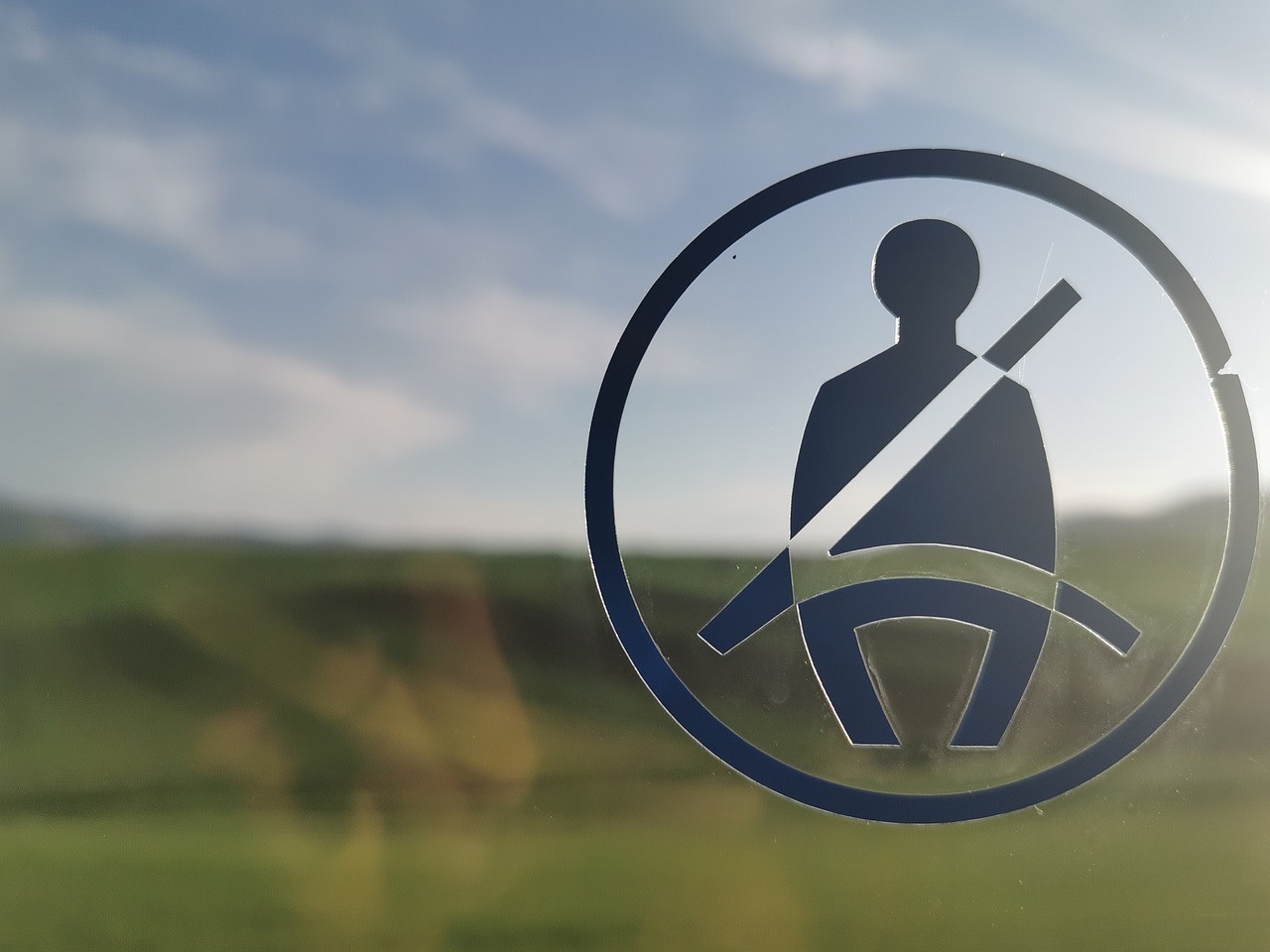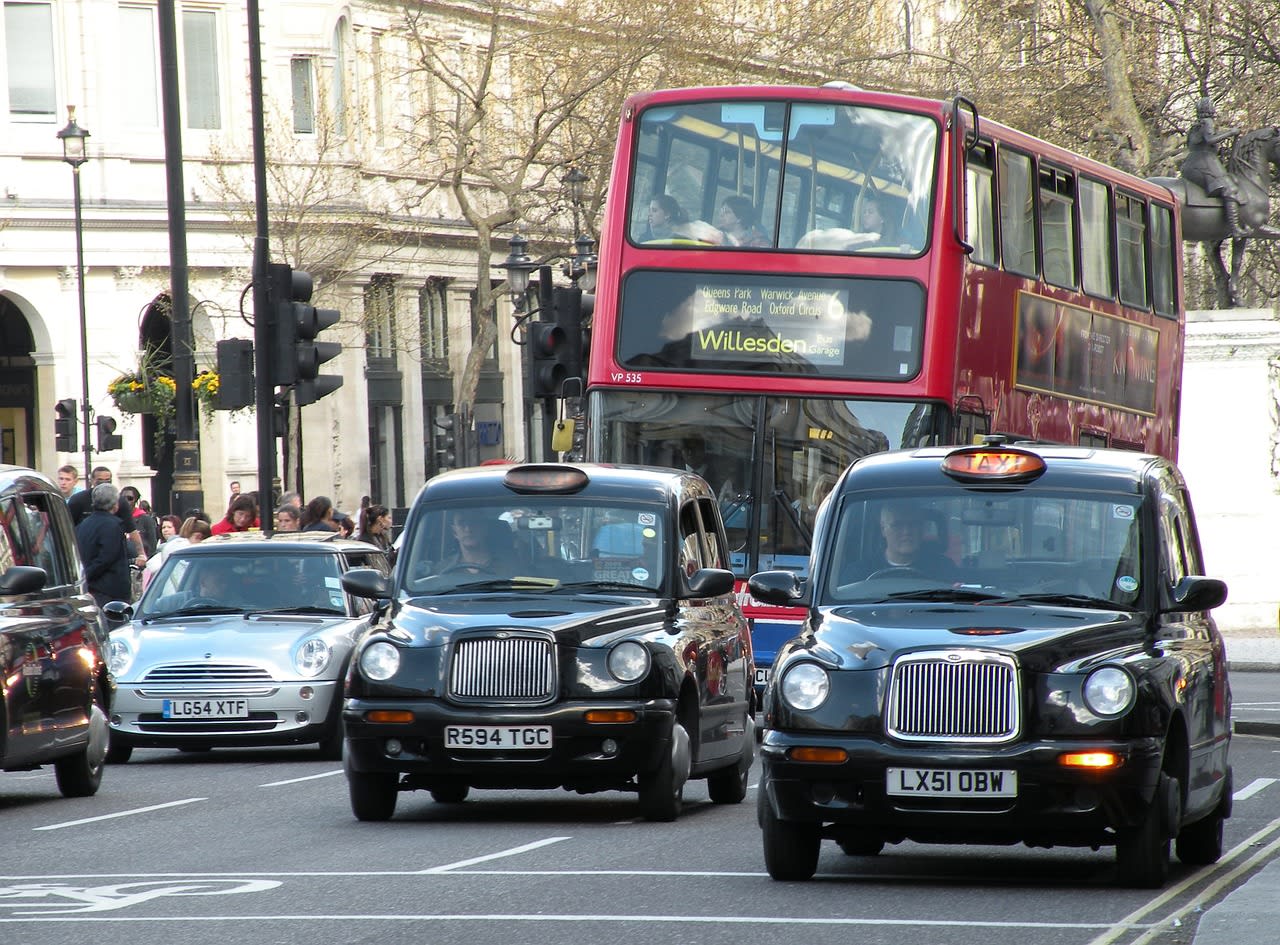While we all know you must wear a safety belt when driving, the existing punishment for not doing so might come as a surprise because it is so lenient. Currently, you only get fined £100, which can be cranked up to £500 if you’re found guilty in a court of law – but no points are added to your licence.
As a driver, you must ensure any passengers under 14 wear a belt or are in an appropriate car seat – but again, no points are added to your licence if you don’t.
That’s all set to change according to the Department of Transport.
Not so ‘point’-less now

Expected to arrive later this year, the new law will see you given three points on your licence – and even a ban – if you are caught not wearing a seatbelt. Alternatively, you can choose to take an online seatbelt awareness course for £53 if it is offered to you.
Also, bear mind even if you are wearing a belt while at the wheel, you will still be given points if any of your passengers aren’t.
“Seatbelts are a great success story, but the job is not yet done. The £100 fine does not emphasise to drivers the seriousness of the risk.”
• David Davies, Parliamentary Advisory Council for Transport Safety
Why now?
While it’s been nearly 40 years since wearing a seatbelt in the front became mandatory – and in 1991, in the back – signs are that some drivers are beginning to ignore belts:
- In 2016, 25% of road deaths involved a vehicle occupant not wearing a belt.
- In 2018, this figure rose to 31% and saw as many as 261 people killed on the road while not wearing a belt.
- Wearing rates fall at night too as drivers know it’s more difficult for the police to spot whether someone is wearing a belt or not.
- The age group most likely not to wear a belt are between 17-24.
Exceptions to the rules
There are certain circumstances where you don’t have to wear a belt. These include:
- when a driver is reversing, or is supervising a learner driver who is reversing (so your instructor isn’t breaking the law when they undo their belt to turn and look over their shoulder to make sure you’re reversing safely; they’re just doing their job!).
- if you have a medical condition; bear in mind you will need a Certificate of ‘Exemption from Compulsory Seat Belt Wearing’ from your doctor that you should keep in your car. You will also need to tell your insurer about the exemption.
- in a vehicle being used for police, fire and rescue services
- a passenger in a trade vehicle and you’re investigating a fault
- driving a goods vehicle on deliveries that is travelling no more than 50 metres between stops
- a licensed taxi driver who is ‘plying for hire’ or carrying passengers.
 Excuses, excuses
Excuses, excuses
For most of us, wearing a belt is just plain common sense. After all, you’re twice as likely to die in a crash if you’re not wearing one. However, there are a host of excuses used by people who refuse to buckle up:
- Complaints that belts are not comfortable to wear.
- 4x4s and SUVs give some drivers a false sense of security.
- An increase in delivery drivers who have to make multiple stops so don’t wear a belt.
- A decrease in belt use on short or familiar trips because it’s just a quick trip, right?
- The misguided belief that wearing a seatbelt is an infringement of your civil liberties. No, really.
Remember: Belts save lives
Such views fail to take into account just how important seatbelts have been in cutting fatality rates on our roads. According to the Department for Transport, they’re estimated to save 2,000 lives a year.
In other words, it’s high time penalty points and potential bans are introduced to tackle the increasing number of drivers who are not belting up. Barry Sheerman, the Labour MP for Huddersfield and a key player in introducing the original seat belt legislation, sums it up best:
“We have been very complacent for a long time and we’ve got to up our game.”
Get ready for your test
 Double your chances of theory test success on the big day with Theory Test Pro. Sign up for free here.
Double your chances of theory test success on the big day with Theory Test Pro. Sign up for free here.
